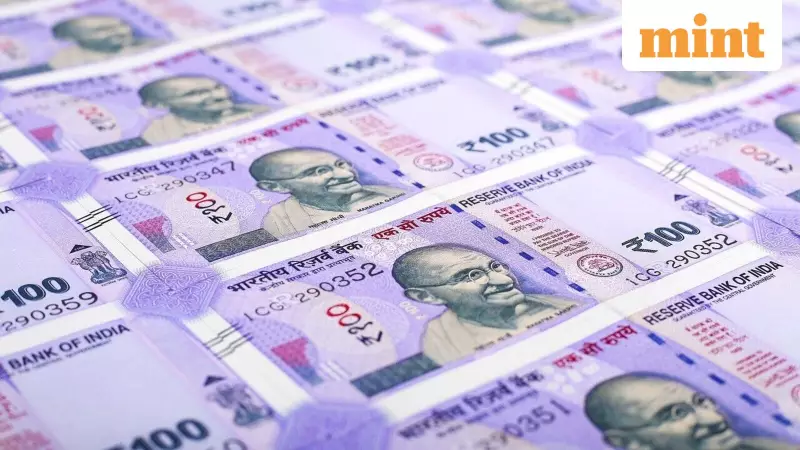
The Political Economy of Cash Handouts in India
When governments distribute cash directly to citizens, particularly during election seasons, it raises critical questions about economic stability and fiscal responsibility. The recent experience in Bihar, where pre-poll cash transfers became a central political strategy, highlights a growing trend across Indian states that demands careful examination of its implications for price stability, welfare outcomes, and fiscal management.
The Helicopter Money Concept and Its Economic Implications
The concept of helicopter money – a large infusion of cash into a local economy – often triggers immediate concerns about inflation. As elementary economics suggests, more money chasing the same amount of goods typically leads to price increases. However, this tool is generally reserved for extreme economic situations like deep recessions or liquidity traps, deployed only after conventional monetary policies have failed.
When central banks inject freshly printed money into the economy, it constitutes monetary policy. When state or union governments execute cash transfers, it becomes a fiscal tool that requires reallocating funds from other budget items. The distinction is crucial for understanding the broader economic impact.
Bihar's Electoral Strategy and Constitutional Questions
The National Democratic Alliance's landslide victory in recent Bihar elections has been partially attributed to cash transfer schemes for women announced just before the Election Commission formally began the poll process. This practice raises constitutional questions that the Supreme Court is currently examining through a 2019 public interest litigation.
The litigation seeks to prohibit freebies that potentially violate Articles 14, 21, 112 and 202 of the Constitution, referencing a 2013 verdict that directed the Election Commission to regulate the timing and scope of pre-poll freebie grants. Without proper regulation, these transfers could effectively become voter bribery that distorts the democratic playing field.
The Scale of Cash Transfers Across Indian States
Bihar represents just one example in a growing pattern across India. According to Axis Bank research, approximately one-fifth of India's adult women now receive cash payments through various state schemes. The widespread adoption of Aadhaar-linked bank accounts and robust digital payment infrastructure has made distributing cash as simple as pressing a button.
The financial scale is significant: total payments this year will reach 0.5% of India's GDP, with some states allocating over 5% of their government expenditure to these programs. In Bihar specifically, the total payout exceeds the state's entire capital expenditure budget for the year, while the fiscal deficit pushes 6% of state GDP – double the recommended 3% norm.
Similar fiscal strains are evident in Maharashtra and Odisha, while Assam and Bengal have increased outlays by 31% and 15% respectively in anticipation of upcoming elections. Jharkhand dramatically raised its monthly payout to women from ₹1,000 to ₹2,500 in October 2024.
Inflationary Impact: Theory vs Reality
While economic theory suggests cash infusions should be inflationary, empirical evidence from India tells a different story. The inflationary effects have been surprisingly muted due to several factors. India's massive free foodgrain program provides in-kind transfers that insulate households from food inflation, which is primarily driven by supply-side and global shocks rather than cash transfers.
Households typically use transferred cash for non-food items that tend to have more elastic supply responses, limiting price pressures. Additionally, a significant portion of cash received goes toward loan repayment or servicing, reflecting the sharp increase in household indebtedness over recent years.
Welfare Outcomes and Gender Empowerment
Beyond fiscal and inflation concerns, cash transfers serve as important poverty alleviation tools. Conditional cash transfers targeting specific groups like women or pregnant mothers have demonstrated positive welfare outcomes including improved school attendance and child health metrics.
A study by economist Karthik Muralidharan examining Jharkhand's income transfers found that household food spending increased significantly, calorie intake rose, and dietary quality and diversity improved. The research also noted enhanced intra-household gender equity, indicating meaningful women's empowerment. These findings align with evidence from Mexico, Brazil, and Kenya showing welfare gains from well-designed conditional cash transfer programs.
The Universal Basic Income Alternative
The 2017 Economic Survey's discussion of Universal Basic Income (UBI) offers an intriguing alternative to targeted cash transfers. While transfers to specific groups like women have proven electorally successful, a properly implemented UBI could form the basis of comprehensive welfare reform that's both non-inflationary and fiscally sustainable.
The political calculus would change significantly under a UBI system – once all major parties adopt universal basic income, it would no longer serve as a political differentiator. This shift could potentially depoliticize welfare while ensuring broader economic security.
As India continues to navigate the complex interplay between political popularity, economic stability, and social welfare, the debate around cash transfers highlights fundamental questions about the role of government in direct economic intervention and the long-term sustainability of such approaches.





